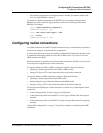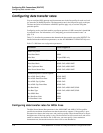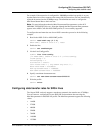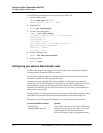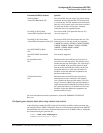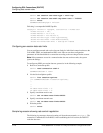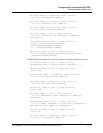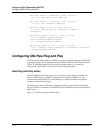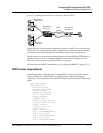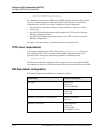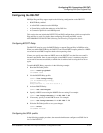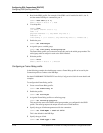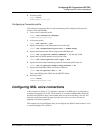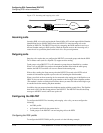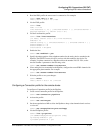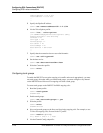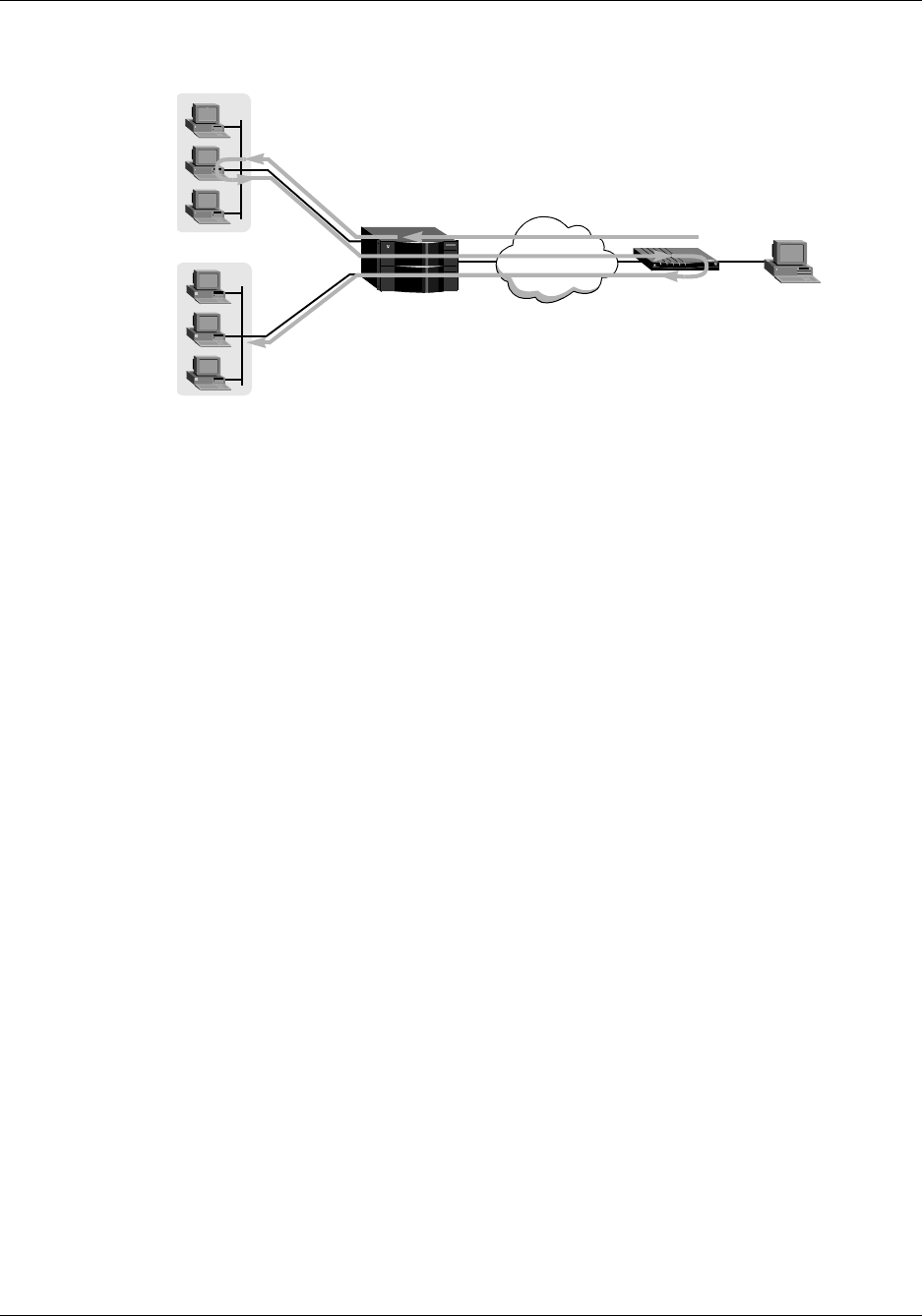
Configuring DSL Connections (DSLTNT)
Configuring DSLPipe Plug and Play
APX 8000/MAX TNT/DSLTNT Physical Interface Configuration Guide Preliminary May 9, 2000 17-13
Figure 17-1. DSLPipe unit obtaining its configuration (Plug and Play)
The DSLPipe unit uses the minimal configuration it obtains via DHCP to access the specified
TFTP server and a configuration file, which is identified by a filename that matches the unit’s
serial number. After downloading the file, the DSLPipe begins using the configuration.
For this feature to work, the network administrator must set up the DHCP and TFTP servers, as
described in the next sections. In addition, the DHCP server must be configured to access
DNS, so the client can access the specified TFTP server by name.
For details about the DSLTNT requirements, see “Configuring the DSLTNT” on page 17-15.
DHCP server requirements
The following sample configuration shows required DHCP settings for a Pipeline 130 unit
acting as a DHCP server. Other DHCP server implementations might have additional
requirements. This example shows only the DHCP-related settings in the Ethernet Mod Config
profile:
20-B00 Mod Config
DHCP Spoofing...
DHCP Spoofing=Yes
DHCP PNP Enabled=Yes
Renewal Time=10
Become Def. Router=No
Dial if Link Down=No
Always Spoof=Yes
Validate IP=No
Maximum no reply wait=10
IP Group 1=10.10.10.1/16
Group 1 count=10
IP group 2=0.0.0.0/0
Group 2 count=0
Host 1 IP=0.0.0.0/0
Host 1 Enet=000000000000
Host 2 IP=0.0.0.0/0
Host 2 Enet=000000000000
Host 3 IP=0.0.0.0/0
Host 3 Enet=000000000000
WAN
Unconfigured
DSLPipe unit
DSLTNT with
DSL cards
DHCP server
10.178.10.125
TFTP server
10.156.134.11
DHCP
TFTP session



